As an Amazon Associate I earn from qualifying purchases.
You can read my full disclosure statement here.
Today we will be talking about how to have plan for food security via vegetable gardening, and sharing our favorite vegetables to grow to feed your family in times of need.
Victory Gardens Served a Purpose
Back in December of 1941, when the US entered into World War II, the idea of Victory gardens began being promoted. They were planted to help prevent a food shortage.
They are still a good idea, for reasons such as our recent pandemic, or just for your own family in the event of a job loss, recession or other hard times.
This pandemic crisis is a tragedy, but one good thing is, it happened at the perfect time for us here in the US, to start vegetable gardens. Be sure to have Food Security via Vegetable Gardening this year. Do your research, planning, and get going!
Other articles you may be interested in:
Fastest Growing Vegetables
Grow More Food with Fall & Winter Crops
Food Gardening for Beginners
Seed Starting Schedule for Garden Zone 8b
Our favorite homesteading and gardening tools in our Amazon Store!
Our Garden Harvest Tally Spreadsheet is now available!
Food Security via Vegetable Gardening
Food security via vegetable gardening, is one sure fire way to be prepared for any hard times that might come to your family. Living a homesteading lifestyle, and growing your own food is probably the most basic skill that you can have.
This goes for any type of homesteader, whether you are an off grid prepper or an urban city lot homesteader.
Don't forget to get your kids in on the action, and teach them how to be self-sufficient in growing their own food. See more on my article Vegetable Gardening with Kids.
You would be surprised at how much food you can grow on a tiny lot! Check out this video on the famous Dervaes family in Pasadena CA at their city homestead they call The Urban Homestead and be inspired! They grow 6,000 of pounds of food on their 1/10th acre lot each year! Go subscribe to the Urban Gardener to be inspired!
Which Vegetables Give the Most Bang for Your Buck
Today I will share 11 vegetables I think are a must have if you are planning for food security through growing your own food. Some are good for storage, some are easy to preserve, and some are nutrient dense.
I will also share 7 perennial food sources that you plant once, and they just keep giving.
Vegetable Gardening is Not Difficult
Many people over complicate vegetable gardening. Most plants just need soil, sun and water. The only other thing that really comes in to play is timing.
Some vegetables are cold season crops, and some prefer the heat of summer. Once you get the timing down, you have learned the hardest part. Try it and see for yourself!
See my article 10 Benefits of Gardening to see other benefits you would gain from gardening more!
Cold Season Vegetables vs Warm Season Vegetables
Cold Season vegetables prefer to be planted in late winter to very early spring, or in the fall. Warm Season vegetables prefer the heat of the summer, and generally want it to be at least 50 degrees at night consistently. I wait until around Mother's Day each year to plant the Warm Season crops, and that is for garden zone 8b in the Pacific NW.
See my article Grow More Food with Fall and Winter Crops for more info about growing food year round.
Cold Season Vegetable Crops:
- garlic
- onions
- peas
- fava beans aka broad beans
- potatoes
- carrots
- beets
- turnips
- rutabagas
- radish
- greens
- broccoli
- cauliflower
- cabbage
- kohlrabi
- kale
- brussel sprouts
- swiss chard
- bok choy
Warm Season Vegetable Crops:
- tomatoes
- peppers
- eggplant
- okra
- beans
- winter squash
- summer squash
- cucumbers
- melons
- pumpkins
Growing Vegetables All 4 Seasons
Many folks view vegetable gardening as a summer activity. This is completely wrong. Food crops can easily be grown all year long.
Yes, in winter, if you live in a cold climate, you would need a greenhouse or cold frame or at a minimum row covers. But in moderate to mild climates, it is easy to do by rotating crops and succession planting.
Growing Food Year Round Near Seattle
For me, living near Seattle, zone 8b, I vegetable garden almost year round. I take some down time from Thanksgiving thru New Years Day plus or minus. But even during that time, I have garlic growing outside, and I have potatoes planted for the next year, and I usually have some things remaining in the garden that I can harvest from.
I could choose to do more through the winter, by protecting some crops with row covers a cold frame or planting in the greenhouse. Things such as cold hardy greens do well here through the winter like swiss chard, spinach and mache; root crops such as carrots, beets and parsnips; brassicas like cabbage, kale and brussel sprouts as well as leeks.
Check back soon to see my seed starting schedule!
My 5 Favorite Crops That Store Well
#1. Winter Squash
Hands down, winter squash is the easiest vegetable to grow and to store. And there are so many varieties to choose from! My favorites include, Butternut Squash, Blue Hubbard Squash, Delicata Squash and Jarrahdale Pumpkin.
Some winter squash does not store as long as others, such as Acorn squash. So be sure to look at this detail when choosing which varieties to grow for long term storage.
#2. Onions
When planning to keep onions in storage for long term use, you must plant them by seed, and choose long term storage or "Keeping" varieties. Some varieties I have had great success with are Talon, Cortland and Red Bull. These are all Long Day onions, and I usually start them by seed indoors in January. Than plant outside in April.
Sweet onions such as Walla Walla or Vidalia, do not store well due to the high sugar content. Onion sets often don't come in varieties that are good for long term storage, that is why I recommend starting onions by seed.
#3. Garlic
I prefer to grow hard neck varieties of garlic, as you get the added bonus of harvesting the garlic scapes, which soft neck varieties don't have. Making pesto with the scapes is another bonus. The scapes I harvest make a lot of pesto and I freeze it in small portions, so it's like 2 foods for 1!
I grow enough garlic to keep us in fresh home grown garlic until around April, when the hardneck one's start to go off. I will often freeze the remainder that I have on hand at this point. Or soft neck varieties are known to keep longer in storage. So you should grow both varieties if you want to keep yourself in home grown garlic year round. Learn more about the differences between Softneck vs Hardneck Garlic.
#4. Potatoes
Again, when choosing which varieties of potatoes to grow, look for long keeping varieties. Some examples are Kennebec, Yukon Gold, German Butterball, Red Pontiac and All Blue. Keep them in a cool dark damp place and they will last until early spring in storage. Don't store them near onions or apples as this will cause them to spoil faster due to the off gassing of the each type of produce.
#5. Carrots & Beets
Carrots and beets are grown similarly and store very similarly. I plant both by seed in April for a summer crop, and in late July for a fall/winter crop.
If you live in a mild climate, you can leave in the ground over the winter under a row cover. Or cover with straw, but be wary of mice and other critters nibbling on them. Using either option, you can continue to harvest them through the winter months.
5 Crops that are Easy to Preserve
#1. Berries
Berries are perennials, so you only have to plant them once, and you get to harvest from them every year. So they are a very simple food source to have. And so many different berries to choose from! Strawberries, blueberries, raspberries and many more.
Berries are easy to preserve on their own by freezing them, or can them up as jam, jelly or pie filling. Or see my article on how to use up your Berry harvest!
#2. Apples
Apples can be stored on their own in a cool dark place, but not anywhere near potatoes, as they each let off a gas that spoils the other. Use late season apples for storage, such as red delicious, winesap or rome or crispin. Or can them up in juice, cider, pie filling, or applesauce!
Don't be intimidated by pruning them, see my article here on how to prune apple trees on the homestead.
#3. Broccoli & Cauliflower
Broccoli and cauliflower are grown identically, as well as preserved the same. We are lucky enough to live in a moderate climate, and we can grow these in both the spring and the fall. Therefore, we can grow a lot of them here. My favorite varieties are Waltham for broccoli and Purple Sicily for cauliflower.
It is not recommended that either of them be canned unless they are pickled. I have only included cauliflower in a pickled vegetable blend. I prefer to blanch and freeze them, although I suppose you could also dehydrate them.
#4. Beans
Beans, so many to choose from! Bush beans, pole beans & dry beans. You must grow some of each! I prefer bush beans if I must pick one. Just plant and grow, you don't need to build something for them to climb on. Dry beans are also excellent to have in the pantry as a good source of protein.
For bush beans and pole beans, I prefer to blanch and freeze them, although you are able to can them with a pressure canner, or you can pickle them as in dilly beans, using a water bath canner.
#5. Tomatoes
Tomatoes are a must for the pantry! You can dehydrate them, sun dry them, freeze them but most people can them. Tomato sauce, diced tomatoes, whole tomatoes, tomato juice or pickled cherry tomatoes are different ways they can be canned. See all of my articles on Growing Tomatoes.
I like to just throw them in the freezer when I harvest them, and then can them up in the middle of winter. See my article on The Benefits of Freezing Tomatoes.
One Nutritious Food Source You Must Grow
GREENS! Greens are something everyone can grow. They are easy to grow, and they grow quickly. So you can grow multiple crops of them each year, and they are full of vitamins and minerals.
Greens prefer cooler temps, so would do better in spring or fall. If you grow more than you can use fresh, dehydrate them and sprinkle in soups, stews, sauces, smoothies, and many other dishes!
Consider growing them via the Winter Sowing method in late winter!
7 Perennial Crops to Grow that Keep On Giving
These are easy food crops that you plant once, and they keep on giving. Consider also growing a Food Forest!
#1. Fruit trees: such as apples, pears, plums, cherries, peaches, fig, etc
#2. Nut trees: such as walnuts, chestnuts, almonds, pecans, etc
#3. Berries such as blueberries, raspberries, mulberries, blackberries, currants and even strawberries.
#4. Grapes
#5. Rhubarb
#7. Asparagus
#8. Sun Chokes aka Jerusalem Artichokes
You Can Grow Your Own Food
I hope this article has helped you realize that you CAN grow food for your family if you don't already. If not, look around this blog, and I am sure you will find some simple how to articles to build your confidence! Start planning now, to grow your own food, and guarantee your family's food security!
How To Prepare for Recession, Job Loss And Hard Times
With the current state of affairs with the pandemic, I thought it was appropriate to share one of my friends excellent articles on how to prepare financially in difficult times.
You never know when disaster will strike, and that is why it is good to be as prepared as possible.
How to Prepare for Recession, Job Loss and Hard Times from Melissa at the Little Frugal Homestead
Want to Remember This?
Please pin this article on Food Security via Vegetable Gardening so you can easily find it when you need it!
Please pin "Food Security via Vegetable Gardening" to your favorite Gardening or Homesteading board on Pinterest!


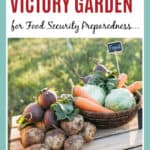

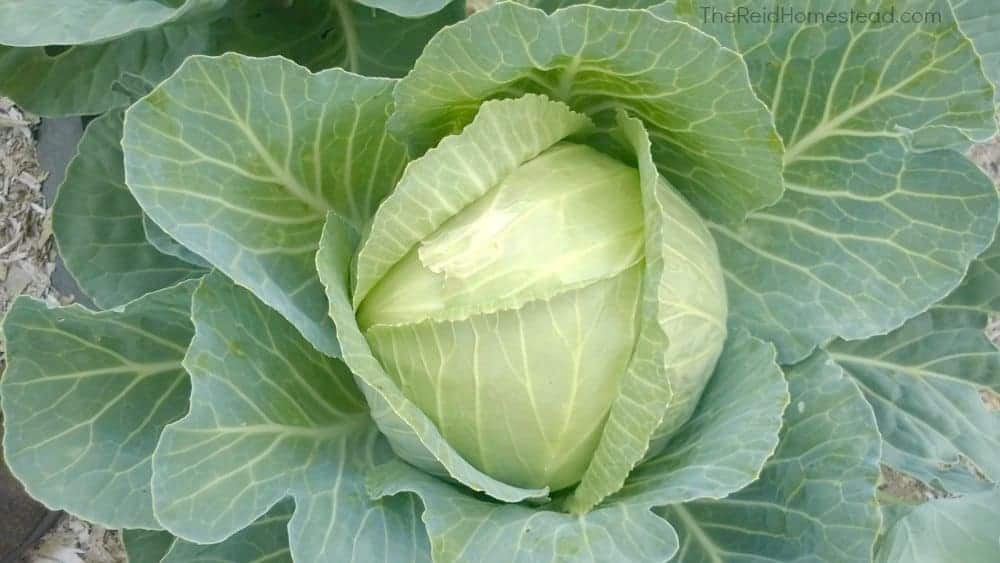
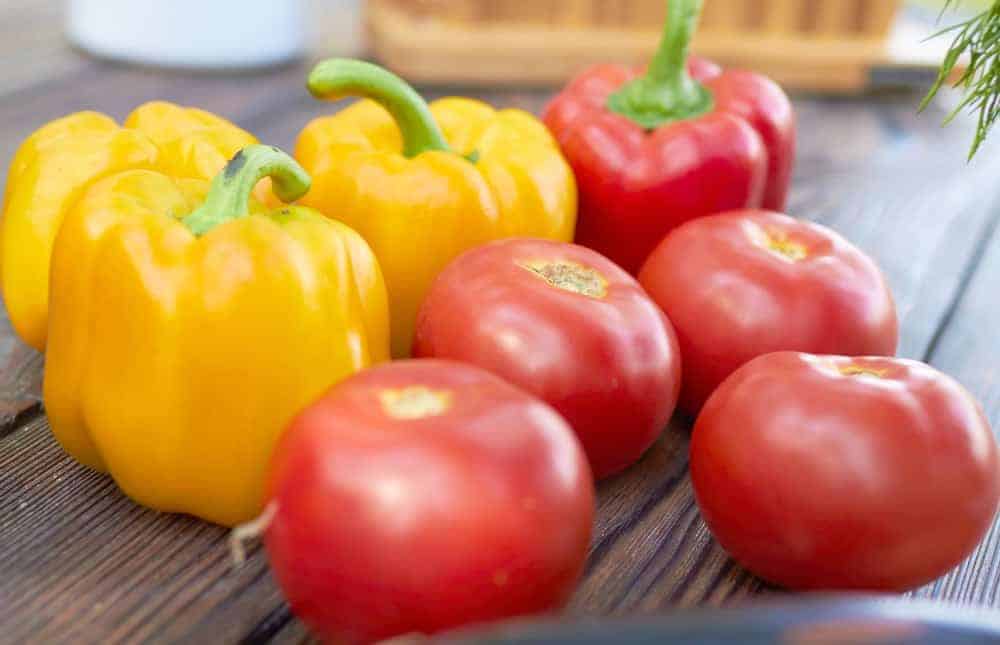
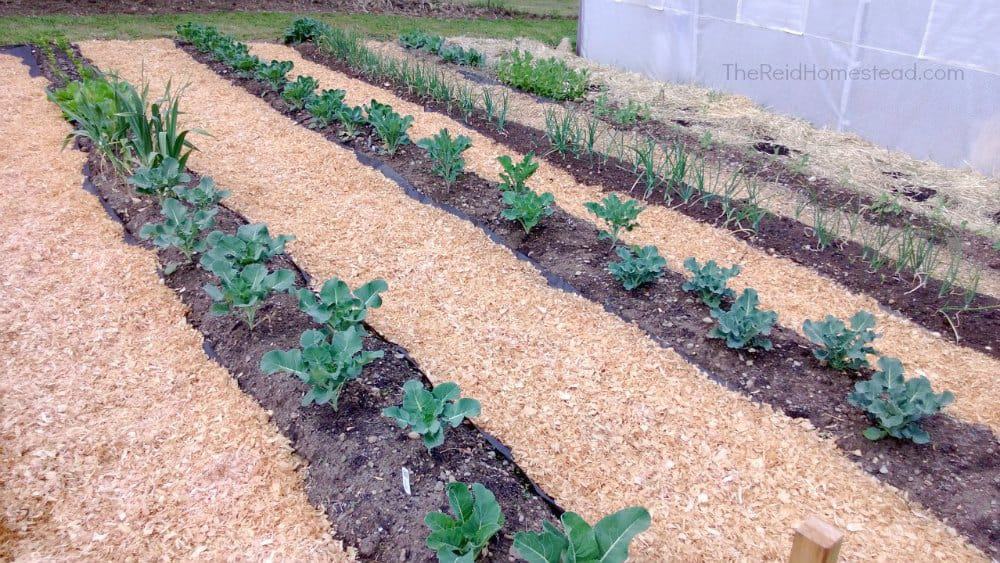
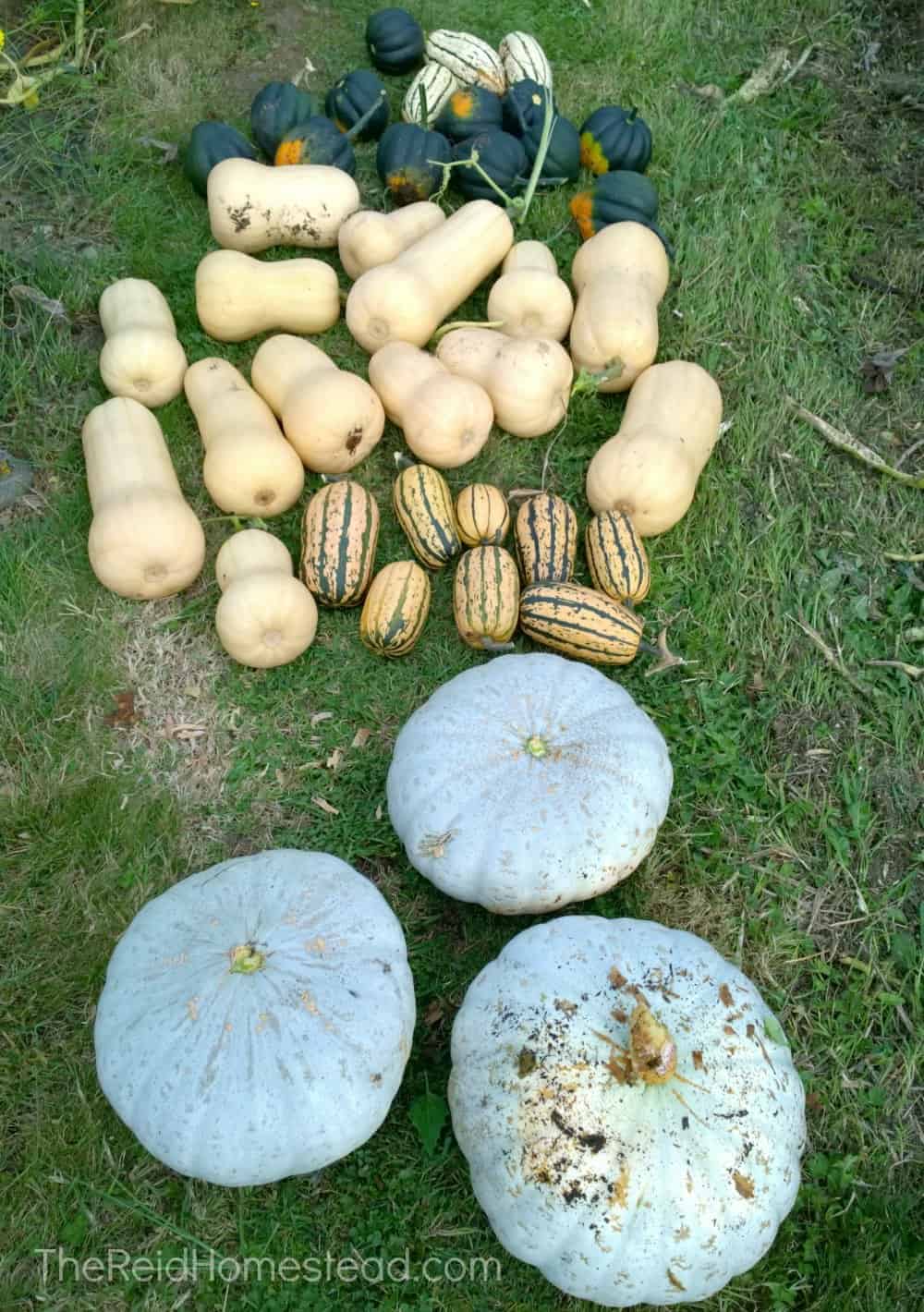
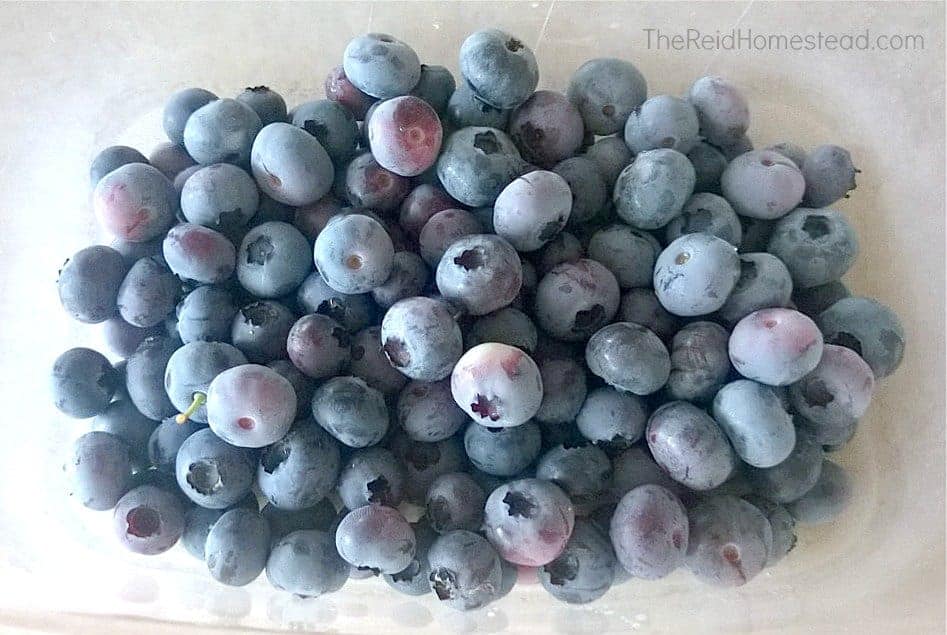


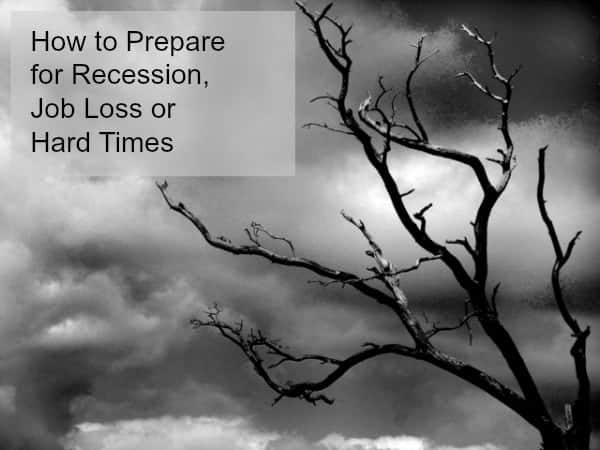

Barb
I truly enjoy your articles! We are just in the process of moving to Stanwood Washington from Mountlake Terrace, Washington. Our new home is on 5 wooded acres, so I will be learning how to grow in partial sun. For a quick garden this first year I am planting 4 fire rings( galvanized fire rings) for my quick garden since I have a ton of starts. I am trying to not disturb the soil too much until I figure out what my final garden plan will be. My no-dig no-till garden at my previous home had an amazing first year. I am hoping that I will harvest some greens, and berries this year. I appreciate your advice and your love for gardening. Wish me luck!
Tamara
Thanks Barb! Enjoy your new home and I hope your garden turns out amazing!